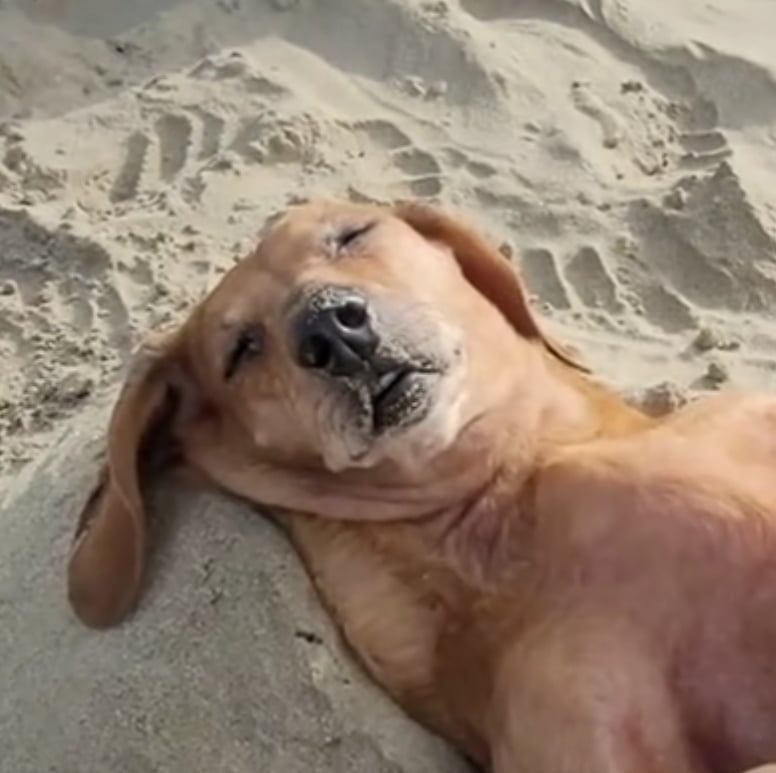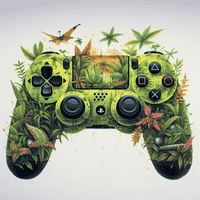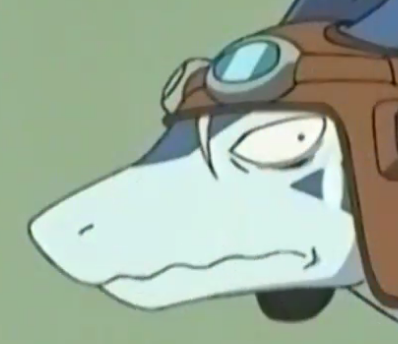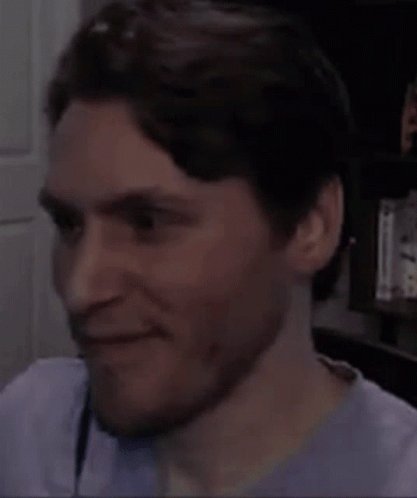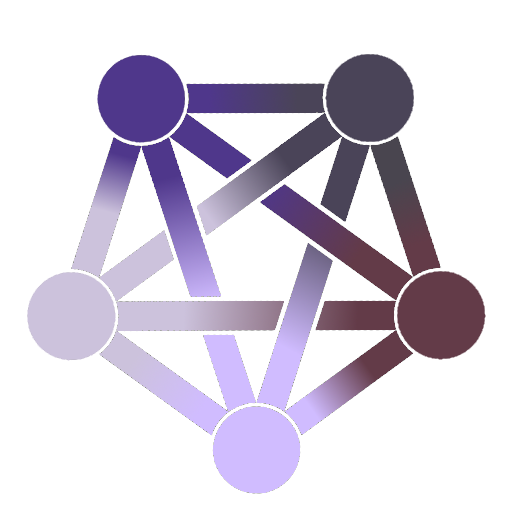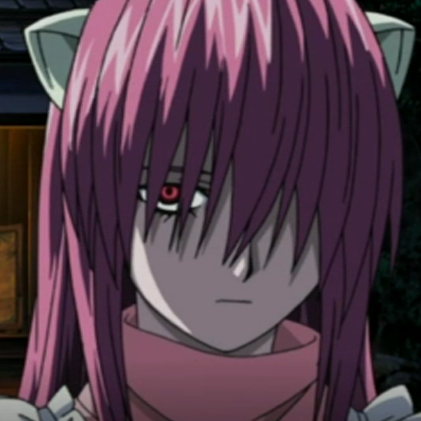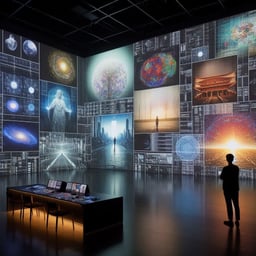this is so me btw, I wish i could draw soo bad
fuck it
draw it anyway
gotta start somewhere
that’s true, I’ll start gathering reference 🤭
Do you need a model for anything? :P
🤭 I need a helper though
Someone to pose for you? :P
aren’t I your sub? you need to help me get ready for our “photoshoot” in that case 🤭👉👈
Being my sub, I will force you to genuinely practice drawing. But in a hot way, obviously
that’s what I like to hear 🙂
Same so I draw shit like this
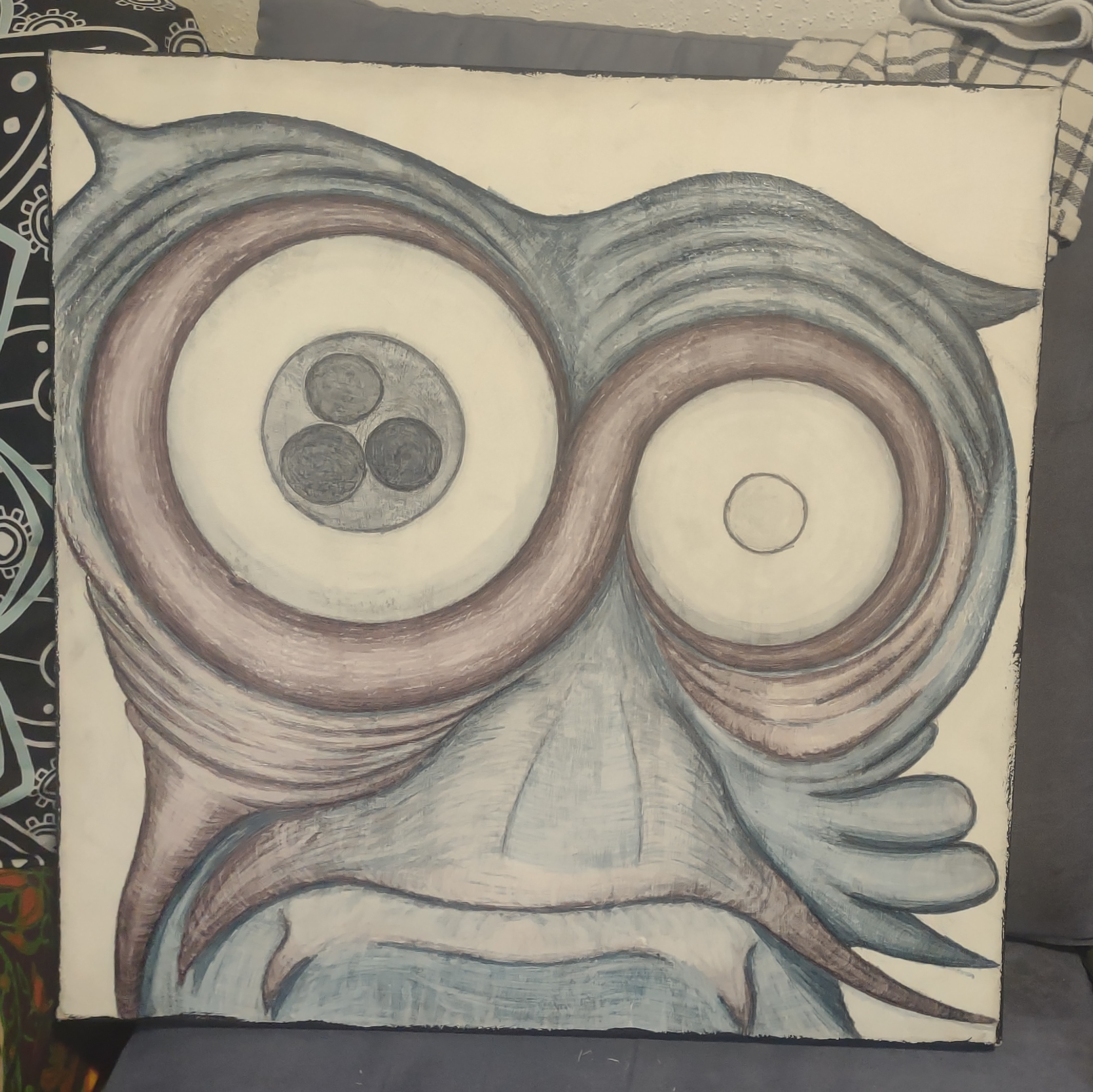
That’s a cool look. I know what you mean too, keeping it abstract is a way to scratch the creative itch while also being hard to fail at
I used to feel this. I always felt like I’m just not cut out for art. Then I made friends with some artists, picked up some techniques from watching them draw, and now I’m fairly confident in my work. I’m not amazing at it, but I’ve learned to ignore those feelings of insecurity and now I have a lot of fun with shitty little doodles.
Just remember, there’s no such thing as a bad art style.
I was a lot into drawing a few years ago, moderately good I would say, nothing exceptional I would say, then I got bored of drawing with a pencil and paper and wanted to try out digital drawing, never got one and I didn’t draw ever since, I’ve had some hand injuries in that time (nothing serious but it definitely left a mark) so idk if I can still draw, and this just turns into a spiral of demotivation
May I interest you with vector arts?
It’s simple to start with, easy to edit and best of all, infinitely scalable!
I tried illustrator once and never want to touch it again
Try inkscape.
I draw inklings with it.
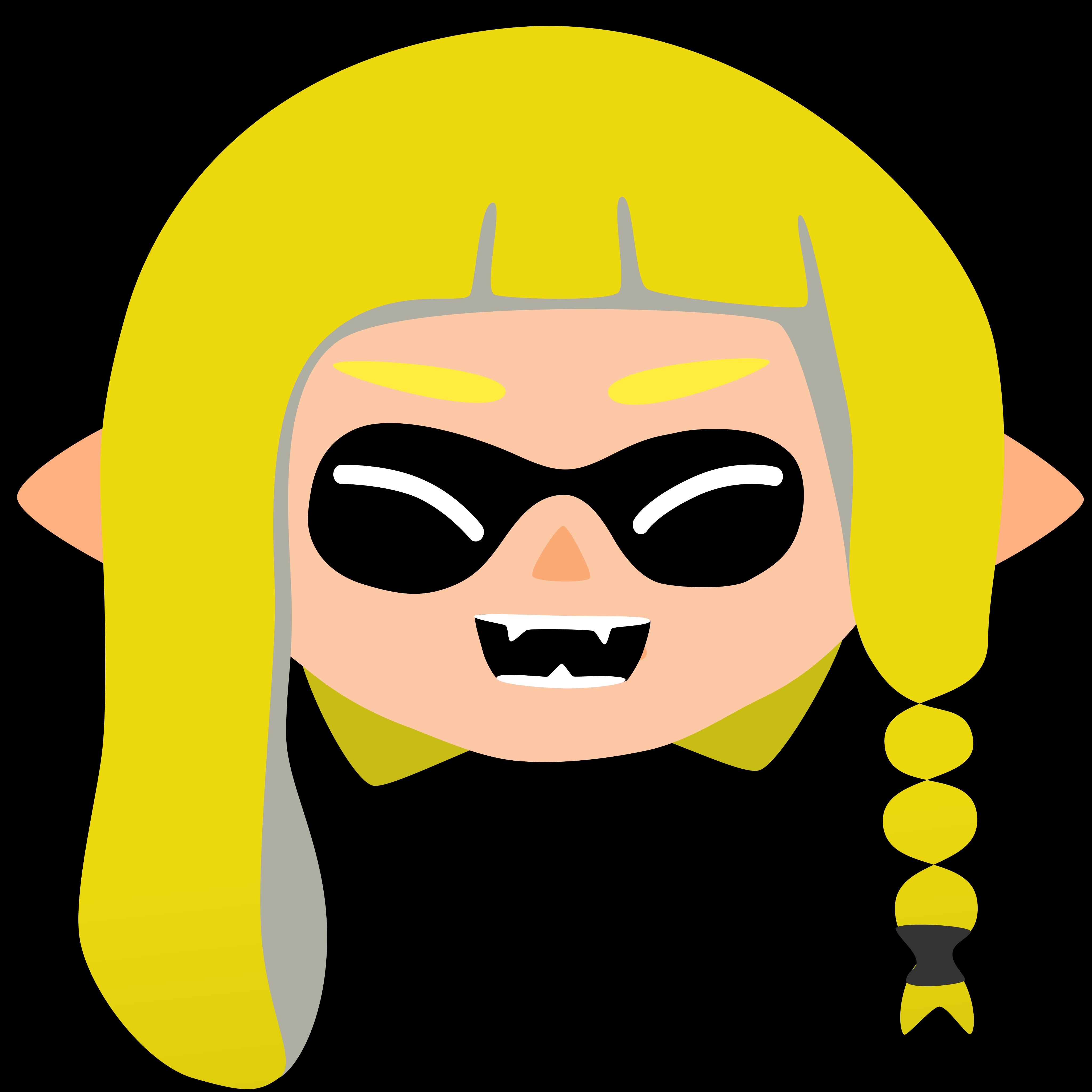
I’m not sure it would fit my desired art style, busy I’ll have a look
You’ll never get the talent if you never draw, so even if you think it’ll be shit draw it anyway. Ignore skill level and stop treating it as a barrier instead of a challenge. That’s how I improved, when I stopped caring about whether I thought I could pull off a picture. Now I just attempt to draw it and if I fail to achieve the effect I want I try again and see what I can do differently the next time. Caring too much about whether I was skilled enough or whether the outcome would be good every time held me back because I became too reluctant and scared to start any projects.
okay this is actually really motivating
Great!
There’s also something so satisfying about looking at a finished picture that you made by yourself. Like I’ll be thinking the whole time how I really screwed this one up and it turned out nothing like what I wanted, but I’ll keep scratching away until it’s “done.” And it feels… Really really good.
And then a week later I’ll open my notepad and see what I drew and be like “whoa this is pretty cool actually!” There’s usually at least one part about a drawing I like (like a bit if shading that looks cool, even by accident), that I can take with me as something to focus on attempting.
Just keep doing that and eventually people will just say about you “oh man so-and-so is a really good drawer you should see their stuff” and you know you’re still learning, always learning, but still you’ll believe them. You’ve become a good drawer. An artist.
A thing to bear in mind is that you will never feel satisfied with your art, not even when you’re skilled enough to be able to capture the ideas in your head right now. That’s because as you execute your current ideas, you will cultivate newer and greater ideas that require you to keep pushing yourself.
It hurts sometimes, but it’s ultimately positive. It’s important to keep perspective of progress
Also don’t be afraid of being very specific about your medium. I did get into drawing somewhat but once I realised just how much work acquiring certain skills would’ve been, in particular around shading, I tossed all of that and focussed on sculpting where I don’t have to do work a GPU can do for me. I can bloody program the GPU to do projection and physically-accurate shading, could do that for a good decade back then, I’m not going to do it in my head.
So start up blender and give it a whirl. Only thing you need is a PC that’s not entirely ancient (though a beefy one is certainly nice) and a graphics tablet. (Don’t sculpt with a mouse. I mean you can give it a spin to get a conceptual impression but the results will never be good due to lack of control and your index finger is going to die – if you don’t want to buy a tablet right now try hard- and subsurface modelling).
Youtube is your friend, start here if you never used blender (and enable right-click select, last video, to instantly be a pro) because blender on first startup indeed looks like this, then do the obligatory owl and by that time youtube should know what you’re doing and recommend stuff.
Funny you mention blender, I’ve been working with it for a couple years, and just started on maya a year ago.
Fallen to the dark side, you have. Train your mind to resist, you must.
Everyone who is really amazing at art started out pretty sucky, people just don’t see the starting work of the amazing artists they see online. I totally agree with your points and this applies to writing, working out, anything needing sustained effort for improvement.
Work on it, OP! You will be surprised at how quickly you improve after doing something consistently for a year.
there are, dark ways, ways some might call inethical
im no stranger to ai art, but what i need, it cant provide, and even if it did, doesnt feel authentic or capture that feeling im looking for
You can just go to fiverr and pay a manga artist to create your drawing.
want it to be mine
You are aware ai can be used as part of a process, you don’t need an ai that can do everything in one go
yeah but they said they don’t have the skill to make art; an artist is not just a color they use or a brush they paint with, an artist also requires knowledge of what to use and where to use it
edit: used a semicolon in an art tangent, call me pretentious
There’s a difference between generated images and an AI artist. If you learn the tools and put in the leg-work, you can learn to get exactly the output you want
It’s not easy, but if you have a clear image and use all the tools available you can get there. It goes way beyond the initial prompt - it’s very iterative, processing and reprocessing parts of an image until you get what you want
There’s no such thing as talent. Good artists make good art because they practice well and often.
You’re saying it like it’s an inaccessible skill. Time + practice = unlock new ability. edit: sp
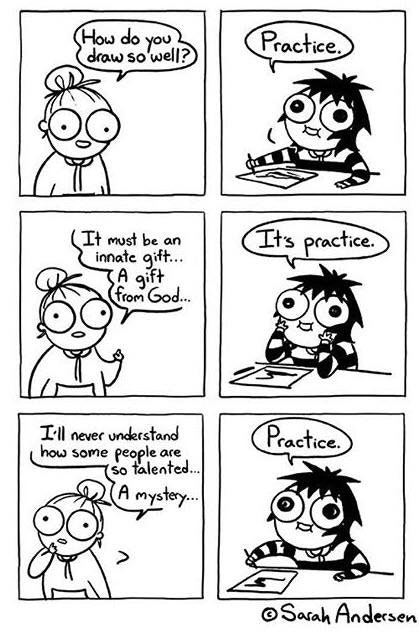
Time is not something everyone has an abundance of
OP seems to have plenty of time creating and posting memes.
Use Stables Diffusion? That’s what it’s for, no? Not like you’re putting an artist out of work with that, and it can be great fun learning how it all works, I suggest you start with the Automatic1111 frontend and ignore the controlnets and stuff for now, then move into ComfyUI for extra performance benefits with XL and chaining models and such, it’s all fairly simple to install nowadays and is free (as in beer) and open source like the model itself.
Once you get controlnets working, if you can sketch it’s great because you can much more precisely guide the model into filling out parts you struggle with in drawing, img2img can also be useful if you can at least draw stick figure composition to guide it.
Or just like… actually practice art so you can learn instead of fiddling with plagiarism machine for hours
AI art isn’t plagiarism, it uses art to train, same as any person would. You shouldn’t just believe random unsourced tacked on claims even if they’re in an Hbomberguy video.
Learning AI art has it’s own skills and knowledge and challenges, it’s just a different skillet same as digital art to traditional art. It’s not just “fiddling” anymore than drawing is fiddling.
'sides, not everyone can draw well in the end, and even those who might be able to can’t really dedicate that much time to such a pursuit as a hobby if they have work/family etc. I’ll probably never get good at a musical instrument but I wouldn’t let that steal the joy of making music on my PC in a DAW with some VSTs.
I know PewDiePie did it with that one challenge, and the anti-AI crowd praised him, but aside from saying slurs on the internet it’s not like he has a job, he’s just a multimillionaire who never has to work a day in his life again so not exactly a valid comparison for a normal person.
pee pee poo poo
If you have money: pay for someone else’s talent.
If you don’t: AI. Or practice, I guess. 🤷🏻♂️
I don’t have the talent to paint my plastic soldiers well either.
I still do it.So: JUST DO IT!!!11
Work your drawing, talent is fake. Facility from baby and social differences exists though. But work it it, this is never too late for real. Can be hard, but again, work it ^^"
Time is the true variable. Put time in your works. Except capitalists ones, that’s just for payday then ^^"
There is no talent and there is no effort. There is only skill. It took me years to obtain all the techniques I use to make what resembles industry standards. Lots of “young artists” just keep repeating the same flat, unshaded, rough pieces without ever trying to learn new things and it honestly kind of irks me that they don’t even try to improve themselves.
I am this, it’s not that I don’t try to improve, I just never know the correct things to learn and feel like I’m getting nowhere. In other topics I learn much quicker, I worry I’m just not meant to draw.
What sort of techniques and styles have you studied?
I usually try to draw from my mind, never goes well. Then I tried drawing lines, curves and S shapes as described in a video.
I have gotten half good at certain things but nothing feels like it clicks correctly.
It sounds like you mostly work in traditional arts rather than digital? That’s a good place to start. Here is my guide to draw literally anything:
I recommend learning these things to take the next steps:
-
Draw by Sight - This is a great method to learn traditionally because you don’t strain your eyes as much as you would with a screen. If you use up a lot of paper then Newsprint (recycled newspaper) is great medium to practice on as you can get very large books of it very cheap. You should probably buy a small pencil kit that has 2H, HB, B, 2B, 4B, and 6B. 2H is the hardest graphite so it leaves very little on the paper, usually for sketches or very thin lines, while 6B is an incredibly soft graphite that leaves behind thick dark streaks similar to charcoals, oils, or markers. Put some random sketch-able objects in front of your work area and put a light towards them. The most important skill to obtain from this exercise is being able to judge ratios and angles, many artists learn to hold their arm all the way out with a pencil and hold the pencil so that its uncovered length matches the height or width of the object, and then compare that to the other dimension so you’ve got an idea of how long it is compared to how wide it is. I used a ruler back in school. You can also compare those dimensions with the distance between the endpoints so that you know your angles are somewhat accurate. Once you learned those essential skills you have the options to move on or you can continue learning this method until you’ve mastered recreating textures by sight.
-
The Three Perspectives - It is often said that using three perspective points is the most accurate to life representation you can draw, which is sad because generally not many artists appreciate it in my opinion. Since the points need to be placed so far off the canvas to be accurate this can be very difficult to learn traditionally as opposed to digitally, but you should have no problem learning single point to a high enough degree to accomplish it even without a ruler. One very difficult concept for beginners is that even living creatures follow perspectives and you can pick up the Bounding Box technique to utilize it.
-
Understanding Concepts behind the Subject - You need this to properly “draw from mind.” This is a much more vague skill to learn, but basically artists like to specialize on understanding specific subjects. Learning Anatomy for humans and animals for example, or perhaps learning structures and landscapes for “background artists” and “architectural artists” for contrasting examples. Artists like to do “studies” on subjects to learn to draw them from many angles, and the best way to do this is to observe them closely or watch videos of the subjects, or simply through trial and error of drawing from many heights and angles without reference but that takes much longer to master. Many modern artists will delve deep into Abstraction: how much or how little can you use to portray emotions or contexts to the audience. Cartoonism benefits greatly from all of the above but like all of these styles it is very much a separate discipline that you can learn with or without any of the others. You should decide what sort of artworks you want to specialize more in and then I can send you some download links to recommended reading materials (WHICH WE WILL STEAL, YAR HARR ME MATEYS).
-
Color Theory - I don’t think it’s very important, tbh, unless you’re going to recreate the impressionists era works or some Kitsch paintings. However, you should probably learn the basics for contrast, tones, complimentary colors, and clashing colors (THE WHEEL), etc. If you do actually do any paintings then you should note that all colors will eventually mix to brown which is bad except sometimes really useful to shade things or make unimportant details stand out less than the focal point. Clashing colors will make browns immediately, I find that Red/Green makes a sort of chocolate color which is quite nice. Color theory can consume your entire lifespan if you go deeper than these basics.
-
Focal Point - Focal Point utilizes the previous skills to force the audience to hone in on once specific detail. For example, The Last Supper’s entire background is drawn in single-point perspective and they placed that single point behind the christ. They also made the Christ’s colors stand out, and they faced the apostles looking inwards towards him or otherwise gesturing towards him in some way. Christ is the focal point. These techniques can be used much more subtly than this example, I’m particularly fond of using lines of surfaces and objects to point towards characters.
-
Shading, Outlines, Textures, and Patterns - To really make good shapes and forms pop and look professional, the best technique is to utilize multiple styles of shading and highlighting. This is often referred to as “Inking” and has many skills within such as crosshatching, fills, and clever utilization of negative space.
I was going to post example images but after I drew a couple I became unsure of the comment limitations of lemmy.
This is super detailed and informative, the actual information I needed. For some reason I couldn’t find it online, maybe I just wasn’t looking in the right place.
I’ll have to keep referring back to this as my drawing journey progresses. Thank you!
-
You can use a local stable diffusion workflow and paint bad then repaint and reroll any image. Takes some effort but not drawing skills thankfully
no thanks, I like it to be entirely mine. stable diffusion/adobe firely is reserved for concept art in gamedev, now that is a good use case


